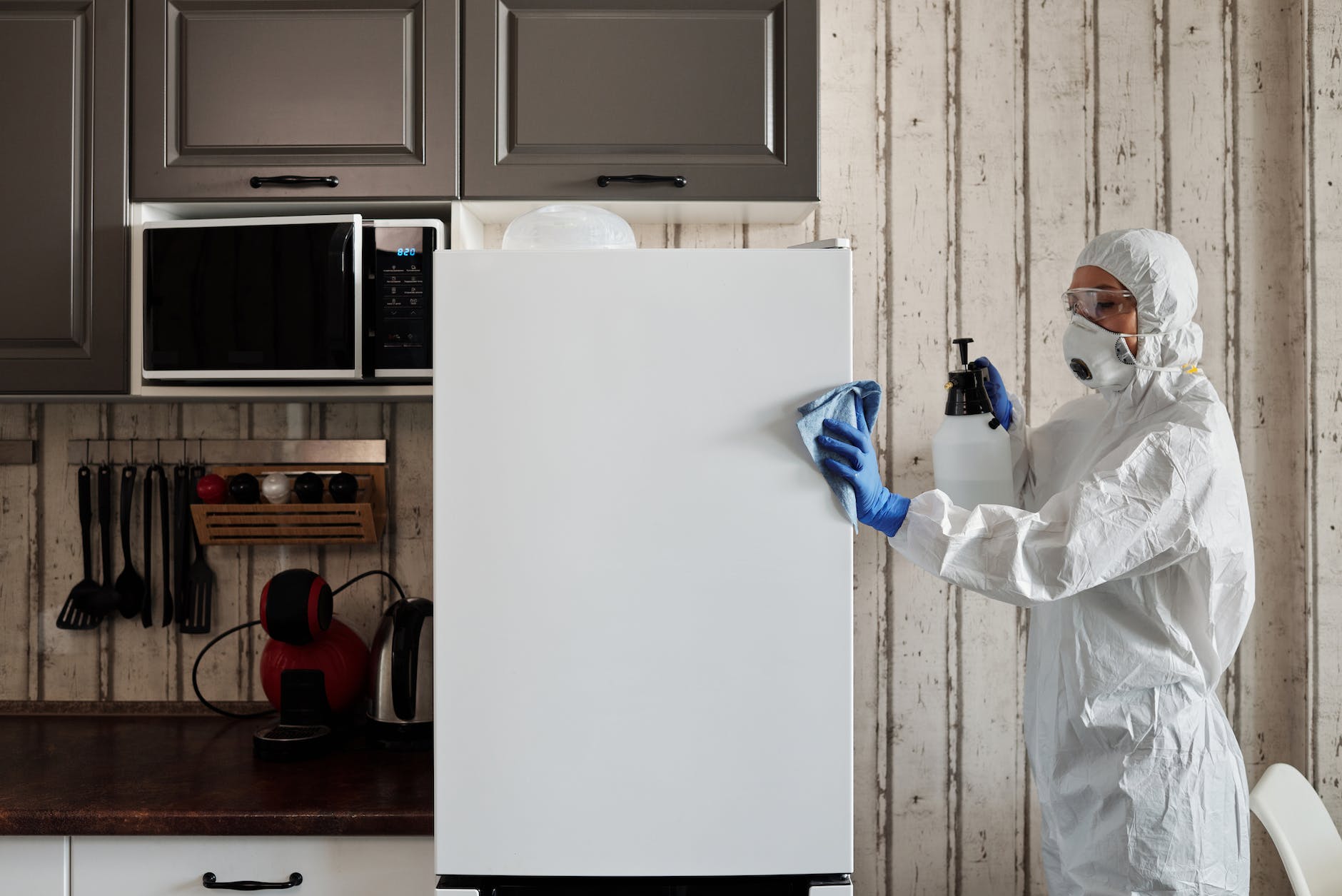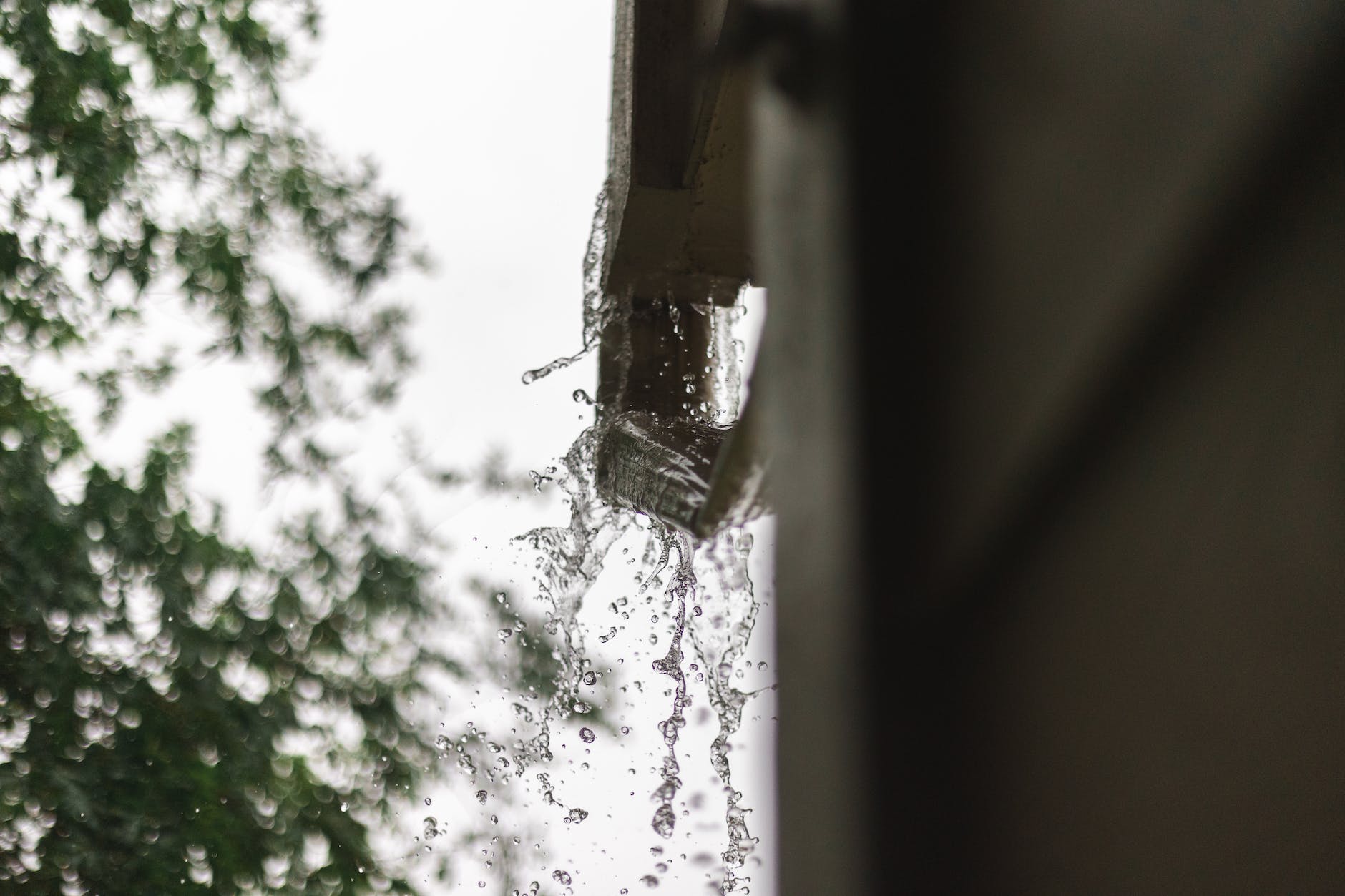How to install copper gutters ? Installing copper gutters involves several key steps to ensure proper functionality and an aesthetically pleasing result. Begin by planning the project, considering factors such as gutter size, downspout placement, and the overall layout. Gather essential tools and materials, including copper gutter sections, hangers, downspouts, and appropriate fasteners. Accurate measurements are crucial for sizing the gutters. Once determined, secure hangers along the fascia to support the gutter sections.
Mount the copper gutters, ensuring a proper pitch for water flow towards the downspouts. Connect gutter sections securely and install downspouts at strategic locations for efficient drainage. Finally, check the overall alignment, make any necessary adjustments, and seal joints and seams to prevent leaks. Professional installation or consultation with experts is recommended to ensure the longevity and effectiveness of the copper gutter system.
Planning Your Copper Gutter Installation Project
Planning your copper gutter installation project is a crucial initial step that sets the foundation for a successful and effective gutter system. Begin by conducting a thorough assessment of your property to determine the layout and placement of the gutters. Consider factors such as the slope of the roof, areas prone to heavy rainfall, and the optimal locations for downspouts. Also, consider the period it lasts
Additionally, think about the aesthetic aspects, as copper gutters add a distinctive charm to a home and can be customized to complement its architectural style. Once you have a clear plan, make a detailed list of the materials needed, including copper gutter sections, hangers, downspouts, and fasteners. It’s also essential to check local building codes and regulations to ensure compliance with any specific requirements.
Whether you’re tackling the project yourself or consulting with professionals, a well-thought-out plan ensures that the installation proceeds smoothly, resulting in an attractive and functional copper gutter system that meets the unique needs of your home.
Gathering Essential Tools and Materials
Gathering the essential tools and materials is a critical initial step in ensuring a successful copper gutter installation. To embark on this project, you will need a range of items, including copper gutter sections, downspouts, hangers, mounting brackets, screws or nails, a level, measuring tape, a hacksaw for cutting gutter sections to size, a drill with the appropriate bits, sealant, and a rivet gun for securing joints. Safety gear, such as gloves and safety glasses, is also imperative. The selection of high-quality materials is crucial for the longevity and effectiveness of the copper gutter system.
Investing time in obtaining the correct tools and materials ensures that the installation process proceeds smoothly and that the resulting gutter system meets both functional and aesthetic requirements. It is advisable to consult installation guides, professionals, or experts to ensure that you have all the necessary components and tools before initiating the copper gutter installation project.
Measuring and Sizing Copper Gutters
Measuring and sizing copper gutters accurately is a crucial step in ensuring a successful installation that functions optimally and enhances the aesthetic appeal of a property. Begin by carefully measuring the length of each roofline where the gutters will be installed, accounting for corners and turns. Precision is paramount to avoid issues such as water overflow or gaps in the gutter system. Once measurements are established, select the appropriate size and style of copper gutters that complement the architecture of the home.
Consider factors such as the pitch of the roof and local weather conditions, which can impact the required capacity of the gutters. Copper gutters come in various shapes and profiles, and choosing the right size ensures effective water management and an aesthetically pleasing appearance. Additionally, consult with professionals or refer to industry guidelines to determine the appropriate spacing for hangers and downspouts based on the dimensions of the copper gutters. Thorough and accurate measurements lay the foundation for a successful copper gutter installation, contributing to the overall performance and longevity of the system.
Securing Hangers and Mounting Copper Gutters
Securing hangers and mounting copper gutters is a critical phase in the installation process, laying the foundation for a durable and effective gutter system. Begin by selecting high-quality hangers compatible with copper gutters, ensuring they provide adequate support and are resistant to corrosion. Proper spacing of hangers along the fascia is crucial for the stability of the gutter sections. Mount the hangers securely, using appropriate fasteners to anchor them to the fascia board. When attaching the copper gutters, ensure they align seamlessly with the hangers, allowing for a slight slope to facilitate water drainage.
Copper gutters should be securely fastened to the hangers, maintaining a consistent pitch towards the designated downspout locations. Attention to detail during this phase is essential to prevent sagging or misalignment over time. Overall, securing hangers and mounting copper gutters involves a meticulous approach, with precision and proper fastening being key elements in the successful installation of a robust and visually appealing gutter system.
Connecting Sections and Installing Downspouts
Connecting sections and installing downspouts are critical steps in the installation of copper gutters, ensuring seamless water flow and effective drainage. Once the copper gutter sections are securely mounted using hangers, attention turns to connecting these sections to create a continuous system. Precision is paramount during this phase to prevent leaks and ensure a cohesive appearance. Downspouts are strategically placed to guide rainwater from the gutters to the ground, preventing potential water damage.
Proper sizing and alignment of downspouts are essential for efficient drainage. Securely fastening the downspouts to the exterior of the building completes this crucial step. Additionally, installing elbows and extensions as needed facilitates customization based on the specific architectural features and layout of the property. Attention to detail during the connection and downspout installation phases contributes to the overall effectiveness and longevity of the copper gutter system, providing homeowners with a reliable solution for water management and enhancing the curb appeal of the structure.
Ensuring Proper Pitch and Sealing Copper Gutters
Ensuring proper pitch and effective sealing are critical steps in the meticulous process of installing copper gutters. Achieving the correct pitch, typically a quarter-inch of slope per ten feet of gutter is paramount for facilitating smooth water flow towards the downspouts. This ensures efficient drainage, preventing water from pooling and potential damage to the structure. Accurate measurements and alignment are crucial during this phase to guarantee optimal functionality. Once the gutters are correctly pitched, meticulous attention should be given to sealing joints and seams.
Copper gutters are susceptible to expansion and contraction with temperature fluctuations, making secure sealing imperative. Utilizing a high-quality, weather-resistant sealant designed for metal surfaces ensures a tight and durable seal, preventing water leaks and enhancing the longevity of the gutter system. Regular inspections and maintenance, coupled with professional installation techniques, contribute to the overall effectiveness of copper gutters in water management and protection of the property.






1 comment